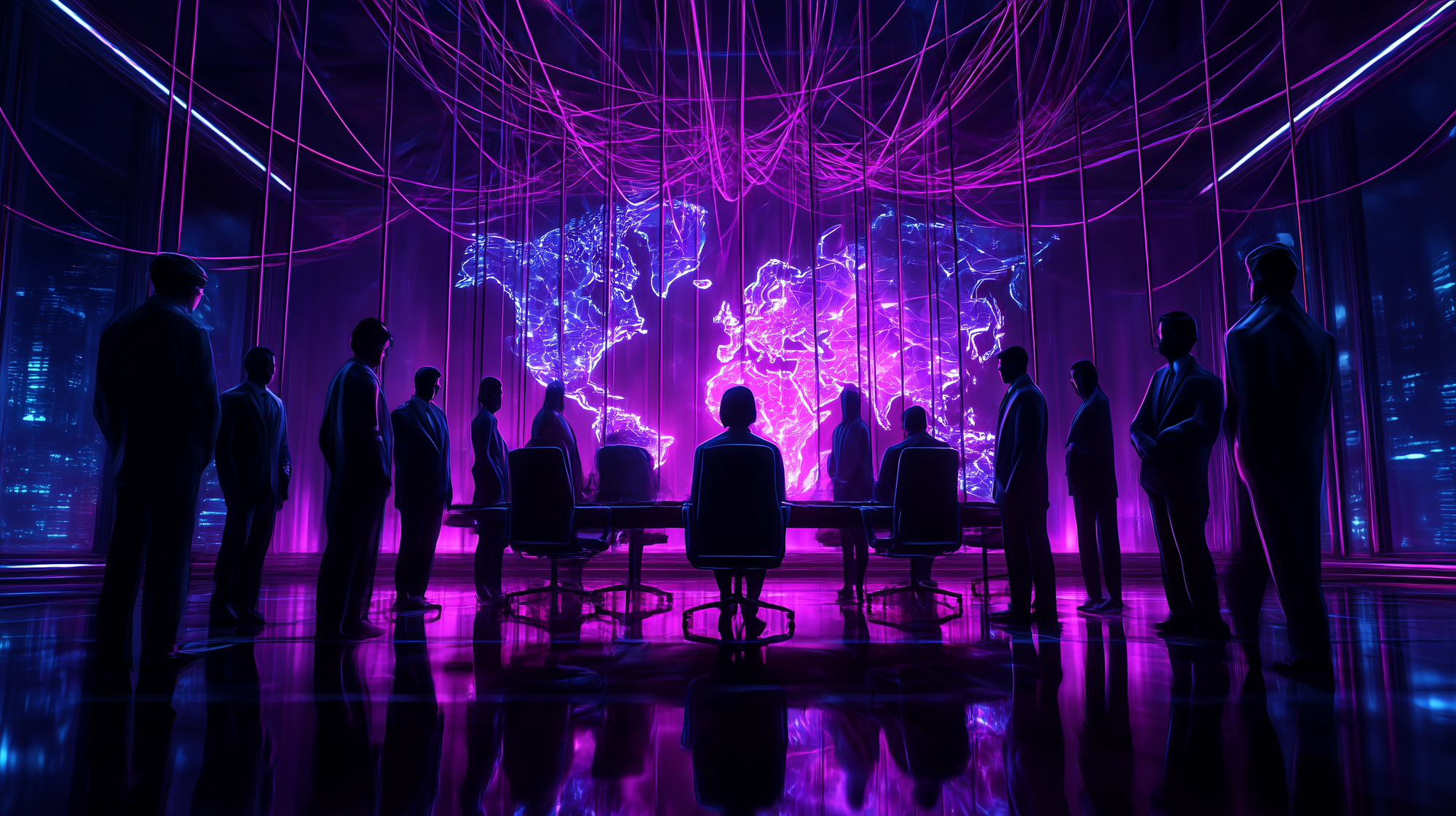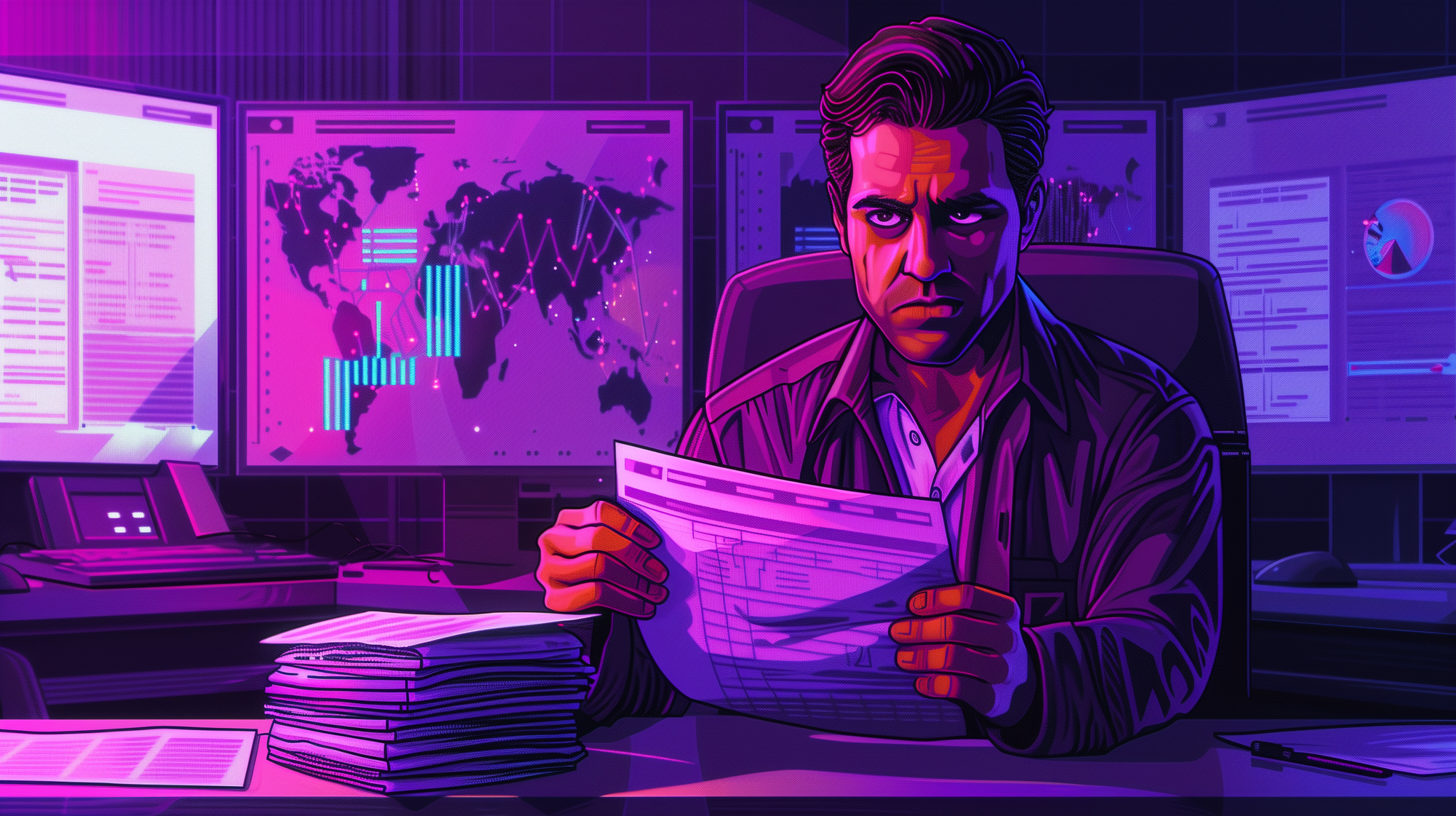
Deconstructing the CTI Industrial Complex, Part 1: Cyber Threat Intelligence Theater
Vendors transformed cyber threat intelligence into a stage show. They crafted headlines, not help. They shaped narratives, not protection. This series pulls back the curtain on how an industry meant to defend became obsessed with performance, leaving real defenders in the dark.
Prologue. Before the Collapse
Cyber threat intelligence was supposed to make us safer. It promised clarity. It promised speed. It promised insight powerful enough to decode adversary behavior and give defenders the edge. What we got instead was theater. A stage managed by vendors, performed for applause, and calibrated for commercial success rather than defensive truth.
The industry did not drift off course. It was pushed. Shaped by market pressures. Warped by government influence. Eroded by internal incentives rewarding visibility over value. Intelligence became product. Product became performance. And the mission was buried beneath the metrics.
Deconstructing the CTI Industrial Complex Series
At the center of that distortion sits a deeper truth. The most powerful threat intelligence vendors do not operate independently. They orbit the gravitational pull of dominant Western institutions. Their reporting reflects not global need, but the geopolitical comfort zones of their most powerful customers.
This series is not an analysis. It is an unmasking. It traces how cyber threat intelligence lost its way, how its institutions calcified into gatekeepers, how entire regions are wholly excluded, how defenders have been repeatedly lied to, and how a paywall-industrial complex convinced the world that access to recycled insight was worth a premium.
These are not isolated problems. They are symptoms of an industry shaped to serve a specific center of gravity. A model architected to reflect the comfort, politics, and priorities of those at the helm of Western influence. What began as a mission to inform defenders ended up becoming a monolithic machine to reinforce influence. The only way forward is through collapse.
Five parts. Each exposing another layer of failure. Each building toward the one truth today's cyber threat intelligence vendors refuse to admit.
This cannot be fixed. It must be rebuilt.
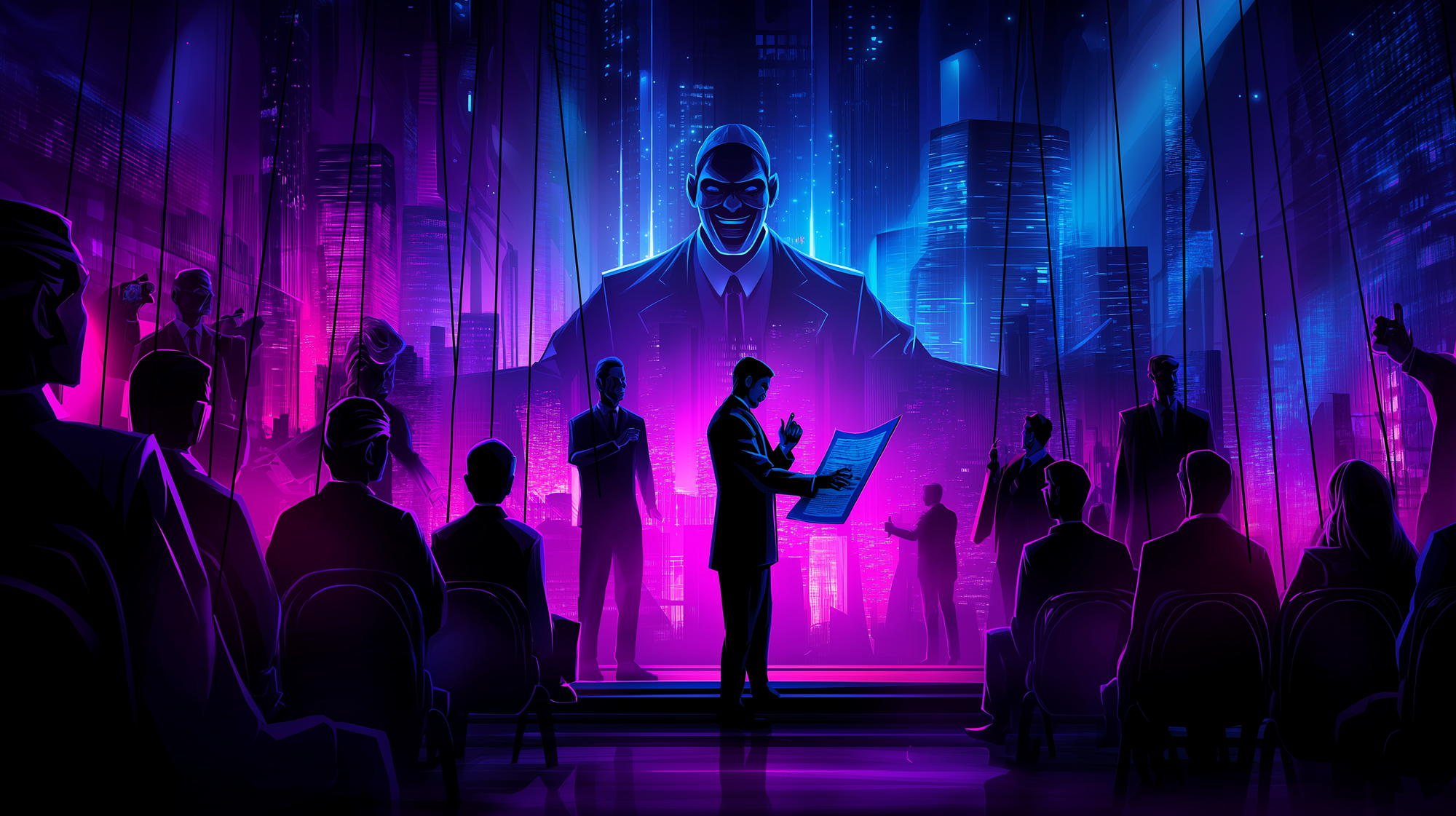
Origins of the Performance
Cyber threat intelligence, also known as CTI, has been quietly captured. Not by adversaries, but by the vendors claiming to defend against the sophisticated threat actors operating today. These vendors do not operate in isolation. They orbit around powerful institutions, shaping their narratives to reflect those priorities. Intelligence is no longer global. It is filtered through a lens crafted to preserve alignment rather than to tell the full truth.
The CTI landscape is no longer shaped by what defenders need to know. It is dictated by what vendors feel like saying. Visibility is not granted through relevance. It is granted through convenience. CTI has become a stage-managed production, optimized for headlines rather than important customer-oriented operational outcomes. It is a system optimized for applause rather than action.
The direction of that performance is not arbitrary. It flows from the top. Reporting is guided by the priorities of highly influential stakeholders whose power is so embedded it is rarely questioned. The result is a system where entire threats are ignored because they fall outside of the unspoken yet accepted script.
There is no shortage of threats. But there is a shortage of reporting accurately and timely reflecting the offensive operations taking place beneath the surface each day. Vendors routinely ignore entire swaths of adversary activity because it does not align with their quarterly research themes, internal collection priorities, or the dominant Western institutions opaquely acting as their handlers.
Reports are written with the intent to inform. But over time, that intent is molded by the machine. Analysts begin to write the way the vendor expects. The narratives become familiar. The framing becomes predictable. The language begins to mirror the brand. Slowly, unconsciously, the reports shift from what defenders need to what the institution rewards. CTI teams are judged by how many finished intelligence they publish, how many new adversaries they attribute, how many conferences they present at, and possibly even how often they are quoted in the media. They are rarely measured on whether their work prevented compromise, accelerated detection, or supported meaningful customer decision-making.
None of this is meant to diminish the work of the brilliant individuals buried deep within the machine. There are intelligence analysts, threat hunters, reverse engineers, forensics experts, and a myriad of other types of intelligence professionals whose contributions are nothing short of extraordinary. Their research is rigorous. Their insights are sharp. Their dedication is unquestionable. Some of the most comprehensive and intelligent cyber threat analysis in the world comes from people inside these very organizations. They are not the problem. They are often the only reason anything of value exists at all.
While most of the industry has veered off course, there are still vendors delivering timely, relevant, and operationally useful intelligence. But they are the exception, not the standard. Their impact is not the result of deliberate mission alignment, but of happenstance more than intent.
These individuals operate inside a structure they cannot control. Many may not even realize it, or if they do, they tolerate it for the paycheck or the challenge. They write under editorial constraints they did not set, inside publishing calendars they did not choose, under leadership prioritizing revenue over relevance. Their brilliance is filtered. Their impact is throttled. They produce exceptional work, only to watch it be delayed, buried, rewritten, or weaponized for branding. The problem is not the talent. The problem is the system exploiting it while pretending to celebrate it. A system rewarding spectacle over substance. A system prizing performance over protection. A system unworthy of the very people it depends on.
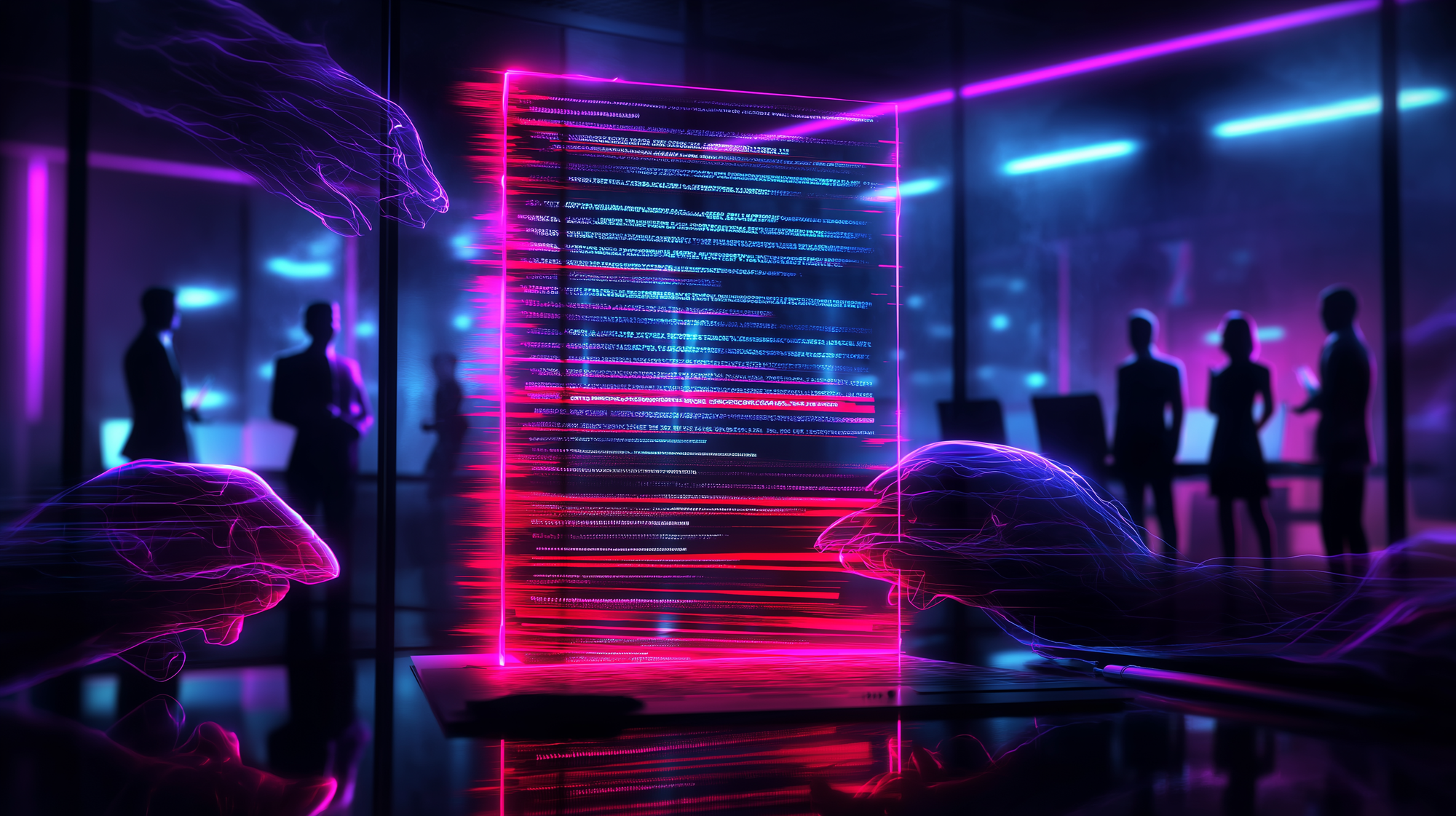
Narrative Distortion
The dominant CTI vendors today have access to massive volumes of global telemetry across a wide range of data types. That data is allegedly distilled into promising threads for their analysts to pull on and investigate, with the expectation that it will lead to meaningful reporting on adversary behavior. But in practice, most of it is quietly dismissed. Entire threads are ignored because they do not align with internal research themes, political sensitivities, or the narrow appetite of a select few high-paying customers and influential government stakeholders.
Rather than pursue what matters to defenders, vendors prioritize what fits neatly into their publishing roadmap. CTI has become performative. Like political messaging crafted for the interests of billionaire donors, vendor reports are written for the top ten percent of customers while the rest are left with scraps. The needs of the many are pushed aside in favor of the vanity of the few and the influence of the powerful.
This is not accidental. It is the byproduct of a system designed to serve influence, not intelligence. Reporting is shaped not only by internal agendas and sensitive relationships, but by the unspoken priorities of governments, political factions, corporate donors, and the shareholders who measure success by market cap and quarterly earnings. The intelligence itself becomes secondary to the performance of the brand. Accuracy takes a back seat to narrative discipline. What ultimately matters is not whether the reporting helps defenders. What matters is whether it protects the stock price.
The impact is not theoretical. It is operational. Defenders are forced to make decisions based on skewed visibility and curated threat narratives. Detection content misses adversary behavior entirely. Threat hunting initiatives pursue ghosts while real campaigns unfold unnoticed. Executive decisions are based on sanitized summaries rather than strategic truth. National security teams in underrepresented regions are left exposed to adversaries never named and campaigns never documented. This is not a failure of insight. It is a failure of access.
The issue with reporting is also not just about accuracy, but also about a distortion running deeper than marketing calendars and customer segmentation. It is rooted in a covert Western bias permeating the production of cyber threat intelligence. The focus is overwhelmingly on activity originating from China, Russia, North Korea, Iran, and other familiar adversaries of the West. This is not because they are the only nations conducting global offensive cyber operations, but because they are the only ones vendors are willing to name.
No major vendor reports on operations originating from the dominant Western institutions. Offensive activity from these powerful political customers is treated as if it does not exist, even when its fingerprints are plainly visible. Why? Why is visibility acceptable only when it does not threaten diplomatic relationships or unsettle power structures? There is an unspoken boundary vendors are unwilling to cross, a selective silence defining what is allowed to be seen. This is not intelligence. It is narrative control. It is information operations masquerading as reporting. A curated stream of adversary reporting built to reinforce the priorities of Western governments, while omitting any activity potentially complicating those alliances.
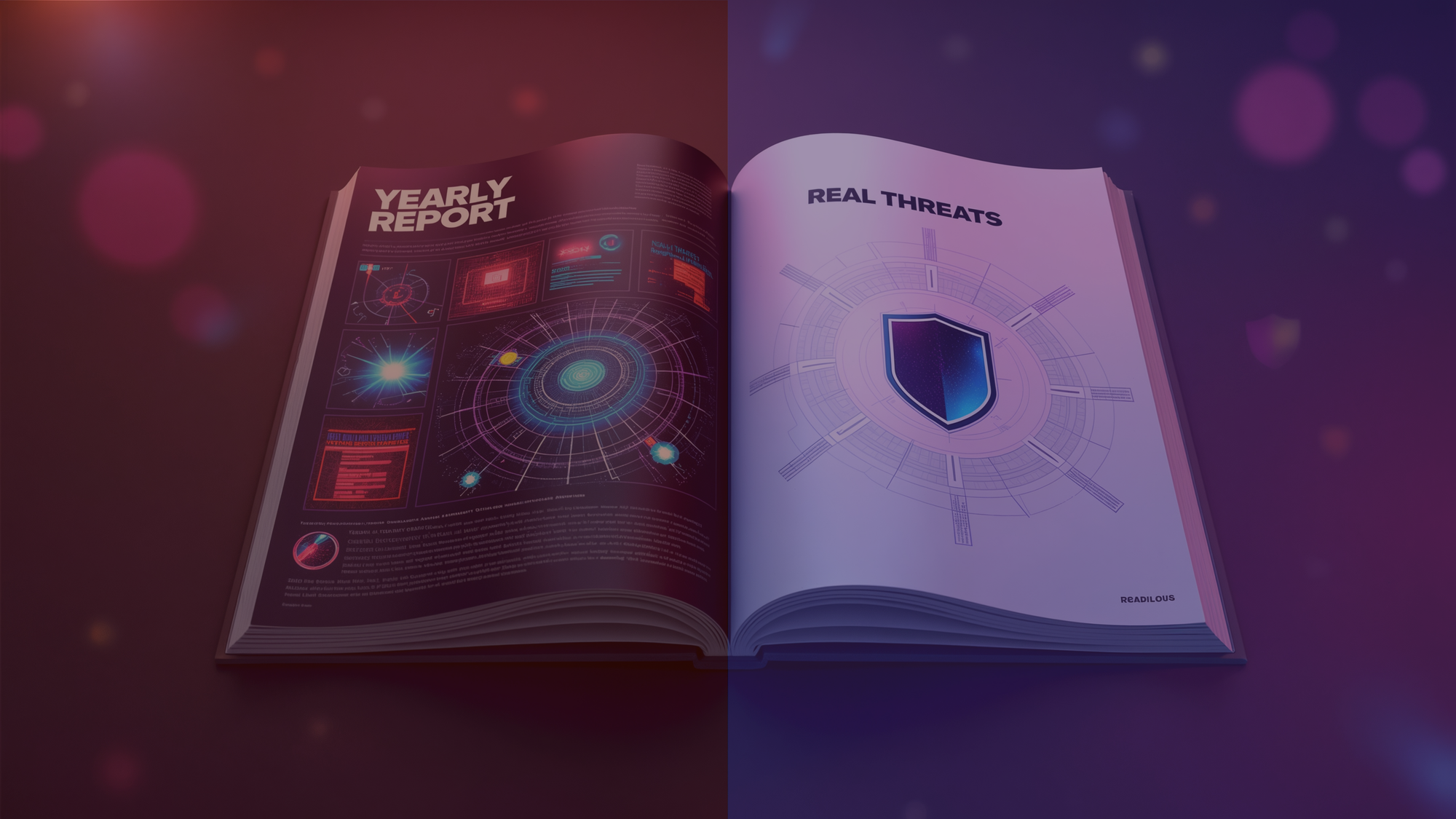
Spectacle Over Substance
This is not cyber threat intelligence designed to protect and serve. It is cyber threat intelligence designed to perform. It is cyber threat intelligence for the benefit of the vendors, their government handlers, their ideologies, and whoever possesses the power to weaponize and control the narrative. Reports are not vehicles for operational impact. They are vehicles for brand elevation.
Vendors have become obsessed with how they look rather than what they deliver. They prioritize cute visuals, stylized attribution decks, and flashy content crafted to go viral on social media. Some even present CTI like serialized manga, seeking aesthetic praise while ignoring the operational needs of the global defender community. Charts abound. Names are invented. Logos are polished. But the substance is hollow. They are selling theater.
With its flair for dramatics and plot twists, many reports could easily be mistaken for the script of a Hollywood blockbuster. Adversaries are cast as cinematic villains. Campaigns are treated like season finales. And entire narratives are crafted to follow suspenseful arcs complementing operational facts. Attribution is dramatized. Timelines are compressed. Motivations are exaggerated for dramatic tension.
The result is intelligence warped for entertainment. Defenders are not given actionable guidance. They are given a show. This is not intelligence. It is content. Packaged for applause. Weaponized not for defense, but for attention engineered to secure contract renewals.
Even those embedded within the machine were conscripted into the theater. Industry stages like RSA, vendor-specific events, and more became arenas of performance, not platforms for truth. Scripts were handed down from brand strategists, not intelligence professionals. Those who dared to speak directly to the needs of defenders quickly learned the limits of corporate tolerance. Deviation was punished. Alignment was rewarded. Applause came not for insight, but for obedience. These were not intelligence briefings. They were choreographed acts of compliance. The analysts on stage were not informing. They were auditioning.
The outputs do not uplift defenders. They do not reinforce global resilience. They do not help secure our shared future. In a world where cyber threats shape geopolitics, disrupt economies, and endanger lives, intelligence must be more than a status symbol. It must be shared. It must be understood. It must be used. The only way forward is to democratize cyber threat intelligence by stripping it from the hands of the few and delivering it into the hands of the many. Because defense is not a privilege. It is a collective necessity. And if intelligence remains gated, staged, and self-serving, then humanity will lose its last best chance to get ahead of what is coming.
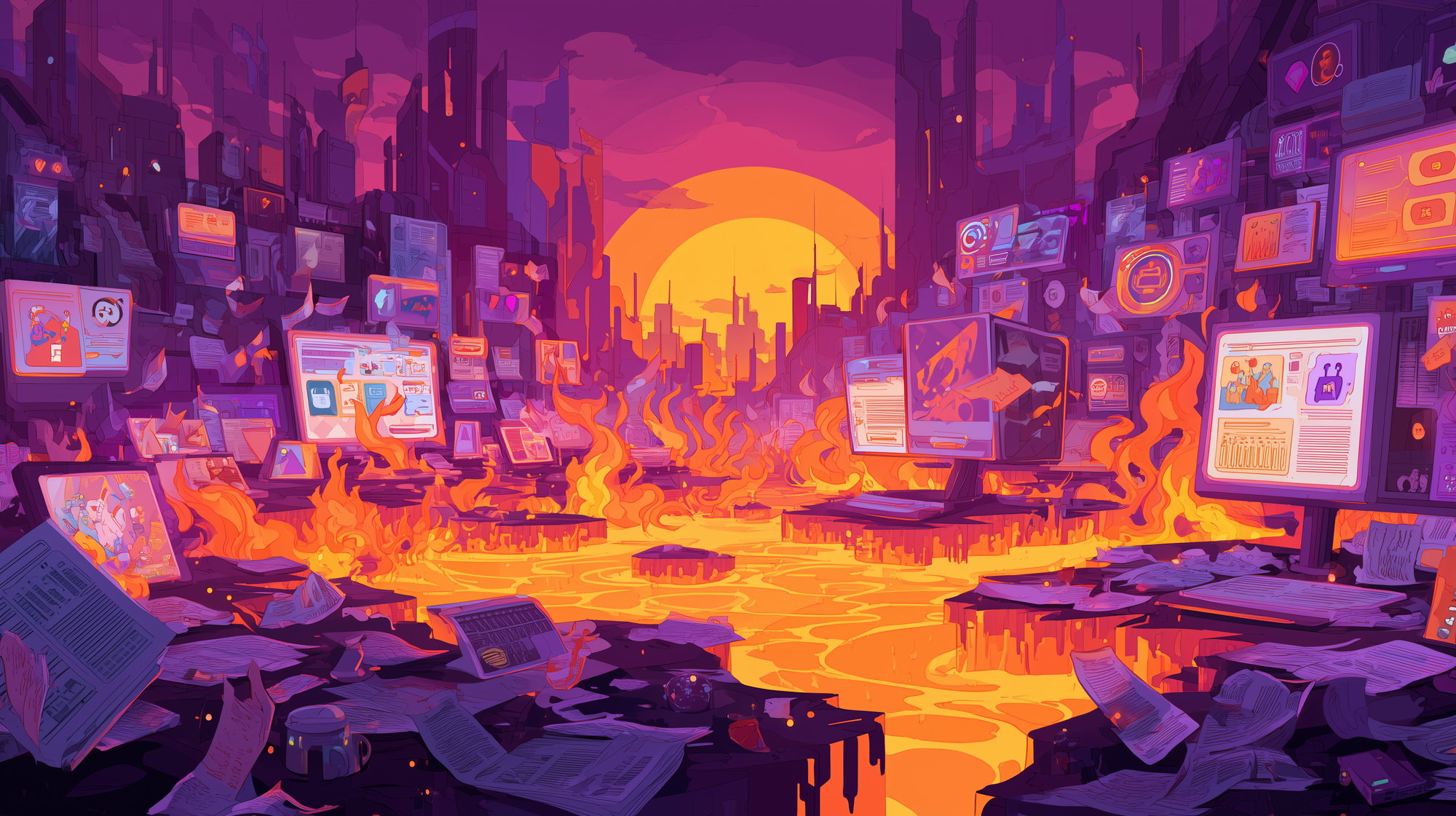
Let us dig further into the CTI industrial complex as it exists today.
This is the stage upon which the modern CTI ecosystem performs. A system where intelligence is filtered through political comfort, where analysts are pulled toward applause instead of action, and where reporting has been twisted into a spectacle designed to dazzle the few while failing the many.
But the show is not the only illusion. The value itself is a mirage. The pricing, the positioning, the promise of elite craftsmanship. All of it carefully constructed to sustain belief in a product no longer delivering what it was originally meant to deliver. In Part Two, we step behind the curtain to examine the greatest sleight of hand the industry has ever performed. The pricing lie.

Support Praeryx Content
Are you passionate about advancing your understanding of cyber security and cyber threat intelligence, and want to see more in-depth, thought-provoking content like this? Consider supporting Praeryx in our mission to educate and empower with a donation directly contributing to the continued creation of valuable resources and insights, helping Praeryx to provide impactful and timely content. Join us in building a more secure digital future by donating today!
Donate to Praeryx

